Usually just-in-time manufacturing facilities and on-demand supply chains do a good job of getting you what you want, when you want it, but they aren’t designed for a crisis. As Fortune magazine writer Jen Wieczner explains, the COVID-related United States’ run on toilet paper provides an object lesson about the challenges that extraordinary times pose to the delivery of ordinary products. Learn why this link in the supply chain broke and what manufacturers and retailers are doing to restore rolls to your restroom.
Manufacturing facilities and supply chains designed for optimum efficiency are vulnerable to major disruptions like the coronavirus pandemic.
The United States’ panic about toilet paper at the onset of the COVID-19 pandemic reveals the weaknesses of just-in-time manufacturing and supply lines and how they falter in the face of an unanticipated surge in demand. A system designed for maximum efficiency under the normal conditions of a steady load collapses under an unexpected onslaught.
In the first weeks of the coronavirus pandemic, people across the country encountered bare shelves at grocery stores, sold-out messages online and lengthy back orders at neighborhood markets and virtual department stores. Those shortages made customers even more likely to buy in bulk and hoard, thus perpetuating the supply problems.
Ordinarily, toilet paper is an inexpensive commodity that everyone buys in predictable amounts. The industry’s profit margins are narrow, and warehousing large quantities of product would add excessive costs. The result: Pandemic shoppers quickly depleted a supply chain that had no more than two to three weeks of inventory in the ...




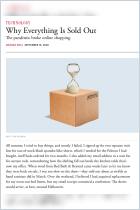
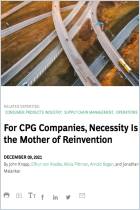
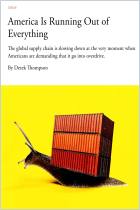
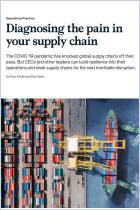
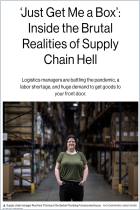


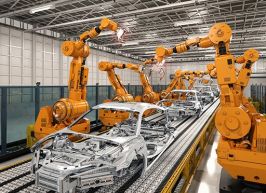

Comment on this summary